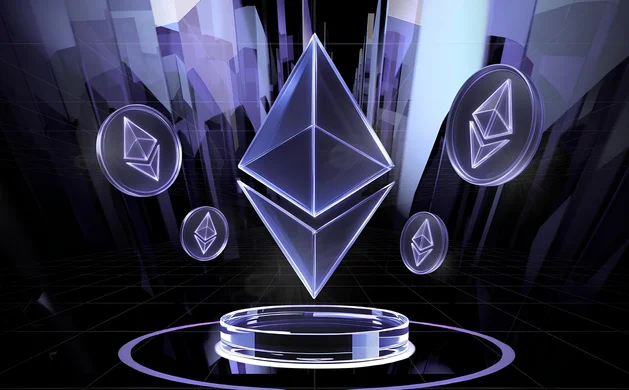From World Computer to Lean Ethereum: Achieving Trustless Verification
Author: tcoratger
Translated by: Baihua Blockchain

Ethereum is transitioning from a conceptual world computer to a powerful, privacy-preserving stack.
From EIP-7732 to zkVMs and lean Ethereum, this is a technical analysis from @VitalikButerin's latest talk at Devconnect ARG.
Philosophy: Verification vs. Trust
Centralized entities rely on "not doing evil."
Ethereum enforces "cannot do evil" through protocol constraints. It creates a trustworthy, neutral platform that verifies user states rather than trusting the solvency of institutions.
World Computer
Unlike purpose-specific protocols, Ethereum accepts general flexibility.
It is not designed for infinite scalability (e.g., LLM reasoning) but for global consensus. It maintains a single state and withstands geopolitical pressures.
Validity and Double Spending
In addition to DeFi, the chain arbitrates ordering. Without consensus, peer-to-peer networks allow double spending.
The effect extends to Proof of Inexistence—cryptographically proving the scarcity of assets or that certain specific events did not occur.
Current L1 Limitations
Isolated blockchains have flaws:
Privacy: Transactions are public ("the Twitter of your bank account").
Latency: Decentralization limits speed; 50ms requires centralization.
Data: Real-world data cannot be accessed directly without a front-end.
Cryptographic Stack
Solution: Temporary Cryptography.
ZKPs (Zero-Knowledge Proofs): Verification without data disclosure.
MPC/FHE (Multi-Party Computation/Fully Homomorphic Encryption): Computing on encrypted inputs.
This will shift the paradigm to consumption-centric collaborative computing.
Scalability (2025-26)
Gas limits are increasing.
Key upgrades:
EIP-7732 (PBS): Validators spend more time processing, without leading to centralization.
Block-Level Access Lists: Achieving batch transaction processing, breaking through serial execution bottlenecks.
Return of Full Nodes
Synchronization requires TB-level data and several days. zkVMs change this.
By using SNARKs to verify execution instead of recalculating history, computational requirements are close to zero. This makes mobile original nodes and decentralization possible.
Censorship and User Experience (2026-27)
FOCIL: Allows a broader set of validators to initiate "mini-blocks," enhancing inclusion guarantees.
Account Summaries: Smart wallets implement key rotation and social recovery, reducing reliance on centralization.
Lean Ethereum (Long-Term)
Optimizing the stack:
zk π-type coordinates (Poseidon).
Formal Verification.
Single-Slot Finality.
Quantum Resistance.
The focus is on security, simplicity, and mathematical optimality.
Conclusion
Ethereum is the standard bearer for a free, open internet.
By combining the robustness of L1 with privacy layers and zk technology, it achieves large-scale collaboration.
The goal remains: a trusting, cooperative world.
Article link: https://www.hellobtc.com/kp/du/11/6131.html
Source: https://x.com/tcoratger/status/1991437815973110161
免责声明:本文章仅代表作者个人观点,不代表本平台的立场和观点。本文章仅供信息分享,不构成对任何人的任何投资建议。用户与作者之间的任何争议,与本平台无关。如网页中刊载的文章或图片涉及侵权,请提供相关的权利证明和身份证明发送邮件到support@aicoin.com,本平台相关工作人员将会进行核查。



